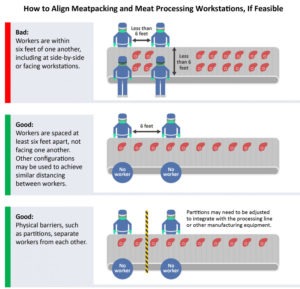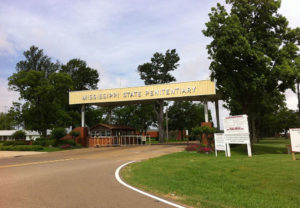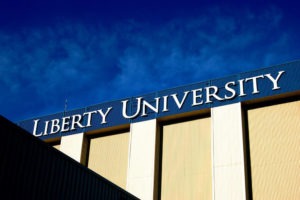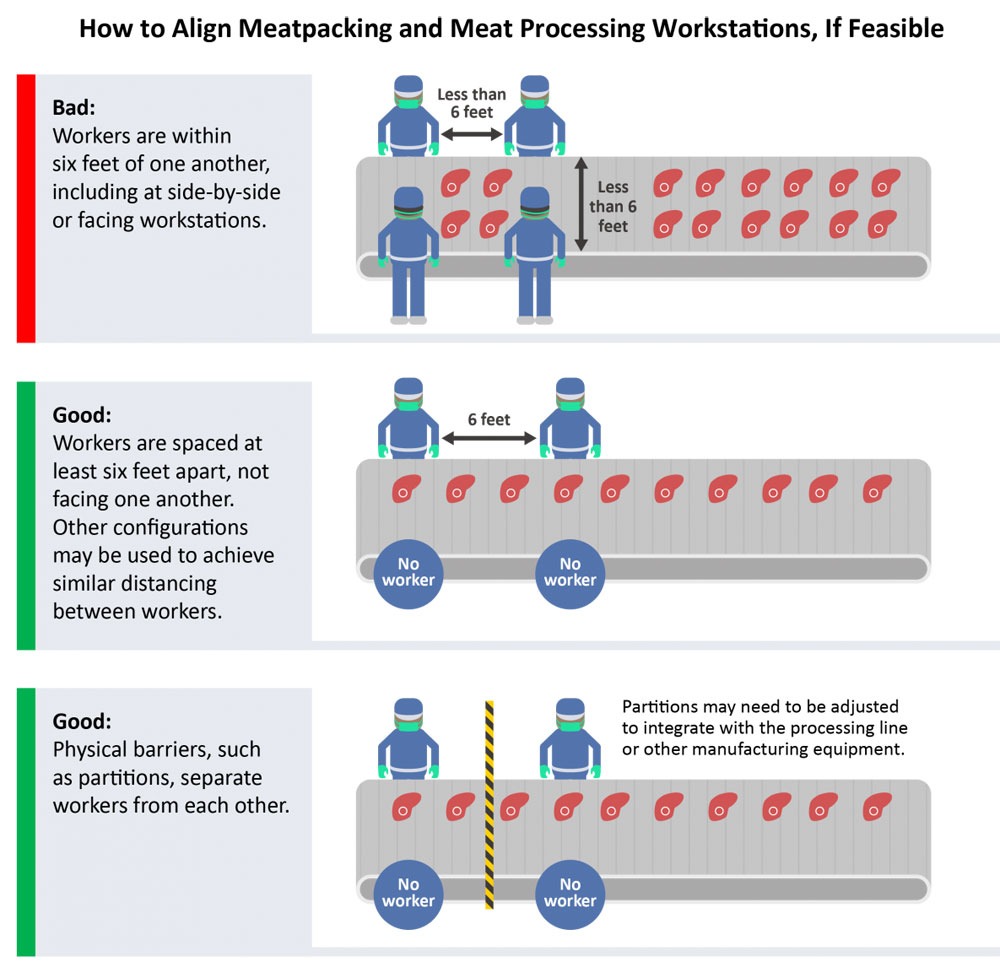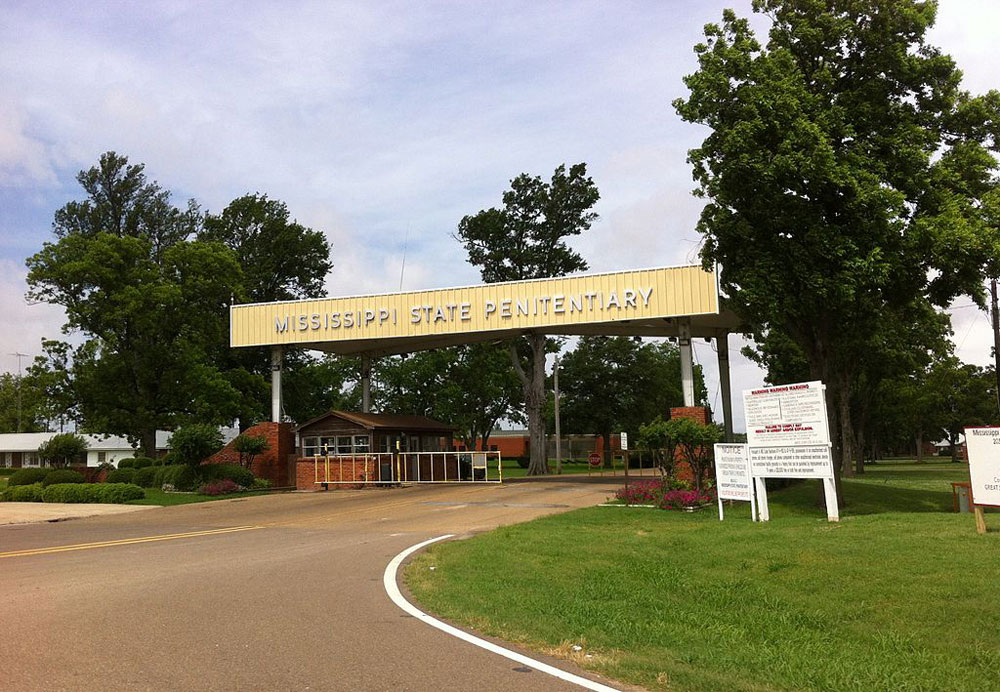April 8, 2015;New York Times
The bust of Edward Snowden that showed up in Fort Greene Park in Brooklyn, New York on Monday morning was soon carted away by city workers—gone, but by no means forgotten.
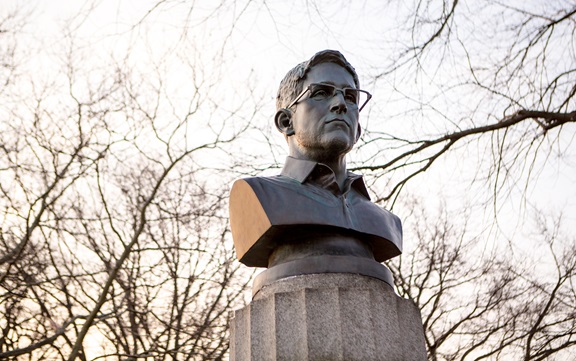
The artists that created the four-foot-high bust spent the good part of a year on it, according to Bucky Turco, editor and founder of the New York–centric blog Animal, who said he observed the installation. He describes the workmanship:
“Measuring four feet tall, Snowden’s head was placed atop one of the four columns that lie at the monument’s edge, above the eagles. The bust is made of hydrocal, a high-quality sculpting material that’s commonly used in places like Las Vegas to create Roman-looking things, castles, and other mega-props casinos incorporate into their facades. Seeing it up close, you could never tell that you were looking at a plaster-like substance. In fact, over a dozen people walking their dogs passed by the new bust on Monday morning without noticing the unsanctioned piece. Both the color and design of the bust expertly matches the existing sculptures there, from its bronze patina finish to Snowden’s hair—which mimics the texture of the feather on the eagle. The artists also added letters spelling out Snowden’s name in an official-looking font befitting of a monument.”
He quotes from a statement by the artists about the placement of the piece in this particular park:
“Fort Greene’s Prison Ship Martyrs Monument is a memorial to American POWs who lost their lives during the Revolutionary War. We have updated this monument to highlight those who sacrifice their safety in the fight against modern-day tyrannies. It would be a dishonor to those memorialized here to not laud those who protect the ideals they fought for, as Edward Snowden has by bringing the NSA’s 4th-Amendment-violating surveillance programs to light. All too often, figures who strive to uphold these ideals have been cast as criminals rather than in bronze.
“Our goal is to bring a renewed vitality to the space and prompt even more visitors to ponder the sacrifices made for their freedoms. We hope this inspires them to reflect upon the responsibility we all bear to ensure our liberties exist long into the future.”
That evening, a second group reacted quickly to the statue’s removal, recreating the statue digitally so it could be shown as a hologram. Grayson Earle, who helped with the second effort, said, “We used some projection mapping software so we could put the image exactly where we wanted.” And for 20 minutes in the wee hours on Tuesday, a hologram appeared in the same spot where the bust had been the previous day.
Sign up for our free newsletters
Subscribe to NPQ's newsletters to have our top stories delivered directly to your inbox.
By signing up, you agree to our privacy policy and terms of use, and to receive messages from NPQ and our partners.
Late last night our fam @illuminator99 went and recreated the #Snowden monument. Because. Magic. Cos, Democracy. RT pic.twitter.com/XPjrLFn6Mh
— Occupy Wall Street (@OccupyWallStNYC) April 7, 2015
“We wanted to further the discussion,” said Kyle Depew.
The second group is a collective and has a name and a history as the Illuminators, a by-product of the Occupy Wall Street movement. Among their projects were projections of messages of love for Boston after the Boston Marathon Bombing, which included a quote from the Rev. Dr. Martin Luther King, Jr.: “Darkness cannot drive out darkness; only light can do that.” They also protested at the Metropolitan Museum of Art in September, after a plaza was dedicated to David H. Koch, with an illumination of “Koch=Climate Chaos.” For that, they were arrested for illegal advertising, according to Earle, and their projector was impounded for two months until the charges were dropped.
The Snowden hologram was projected onto ash, which was thrown into the air and blown about by a breeze. “It was meant to have a ghostly effect,” Earle said.
Sam Massol, the executive director of BridgeRoots, a local community organization that advocates for transparency and accountability in government, wrote to city officials to ask for Snowden’s bust to return. “We see this strictly as a civic engagement thing—for there to be a robust conversation on civil society issues…whatever your views on Snowden.”—Ruth McCambridge


